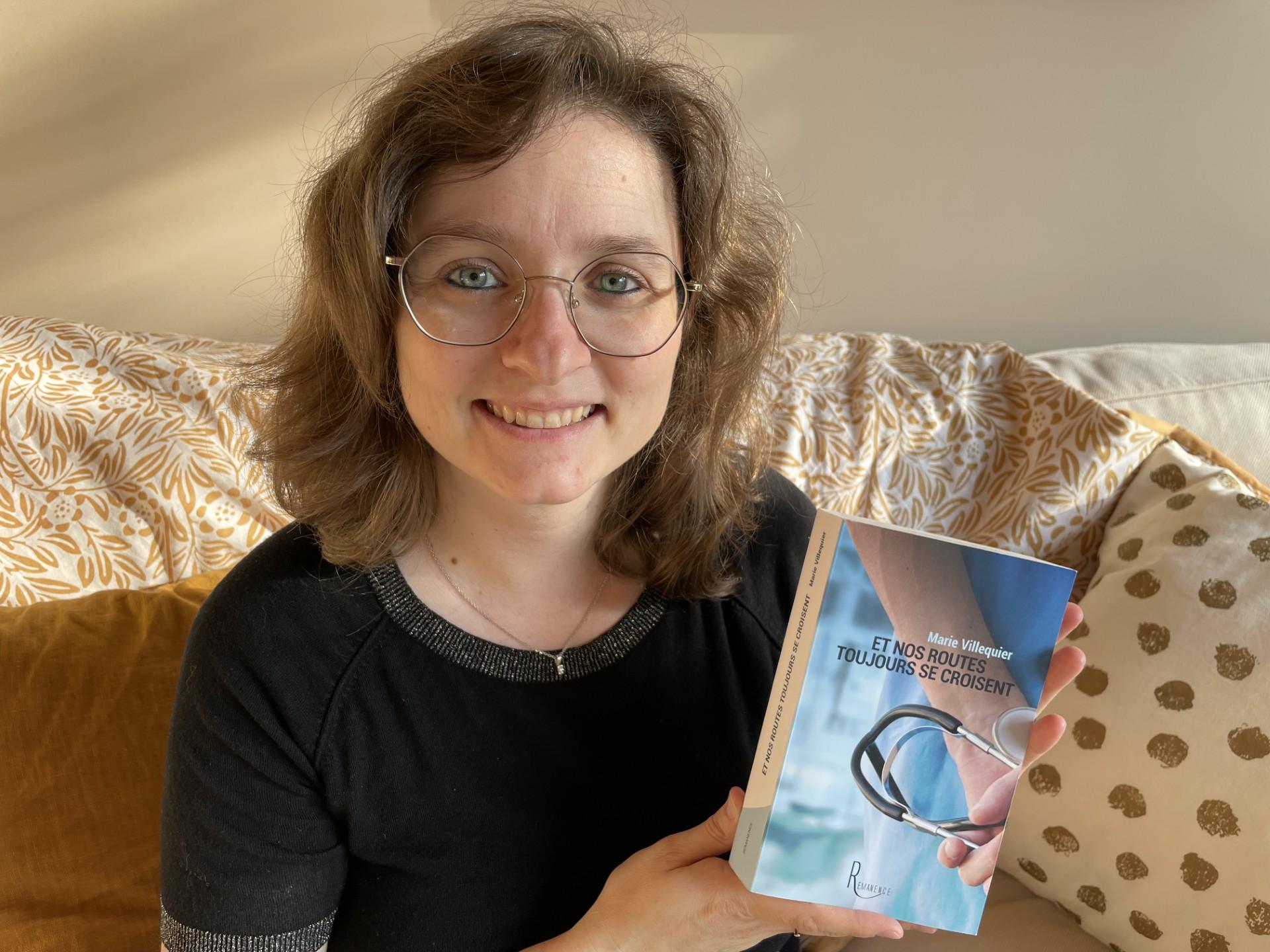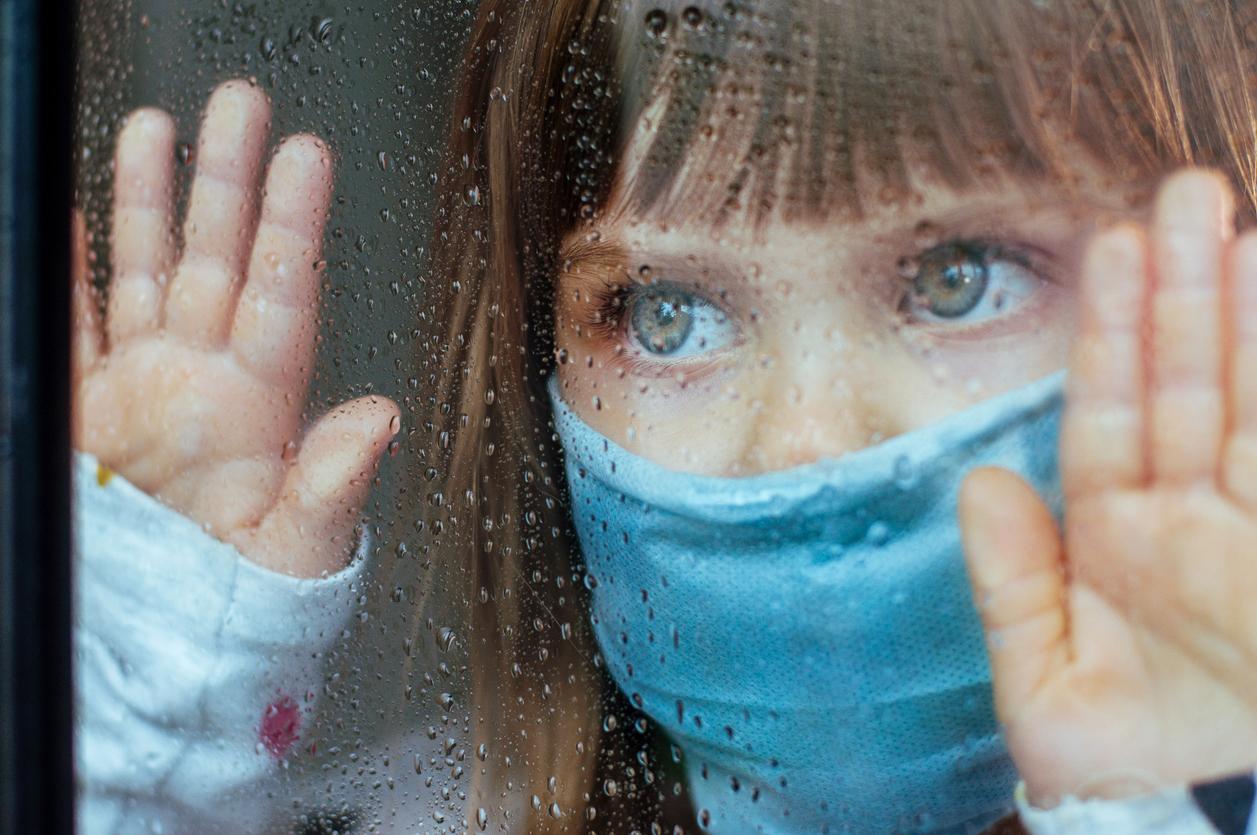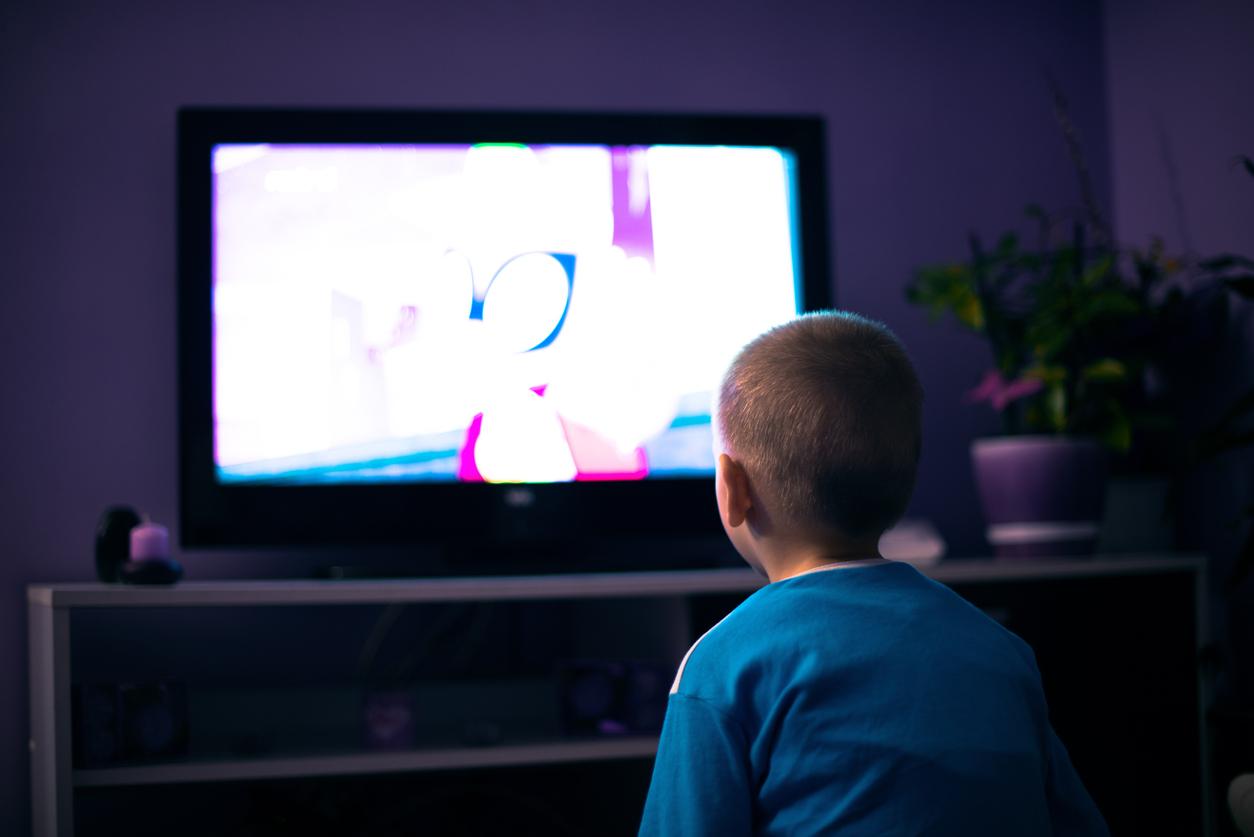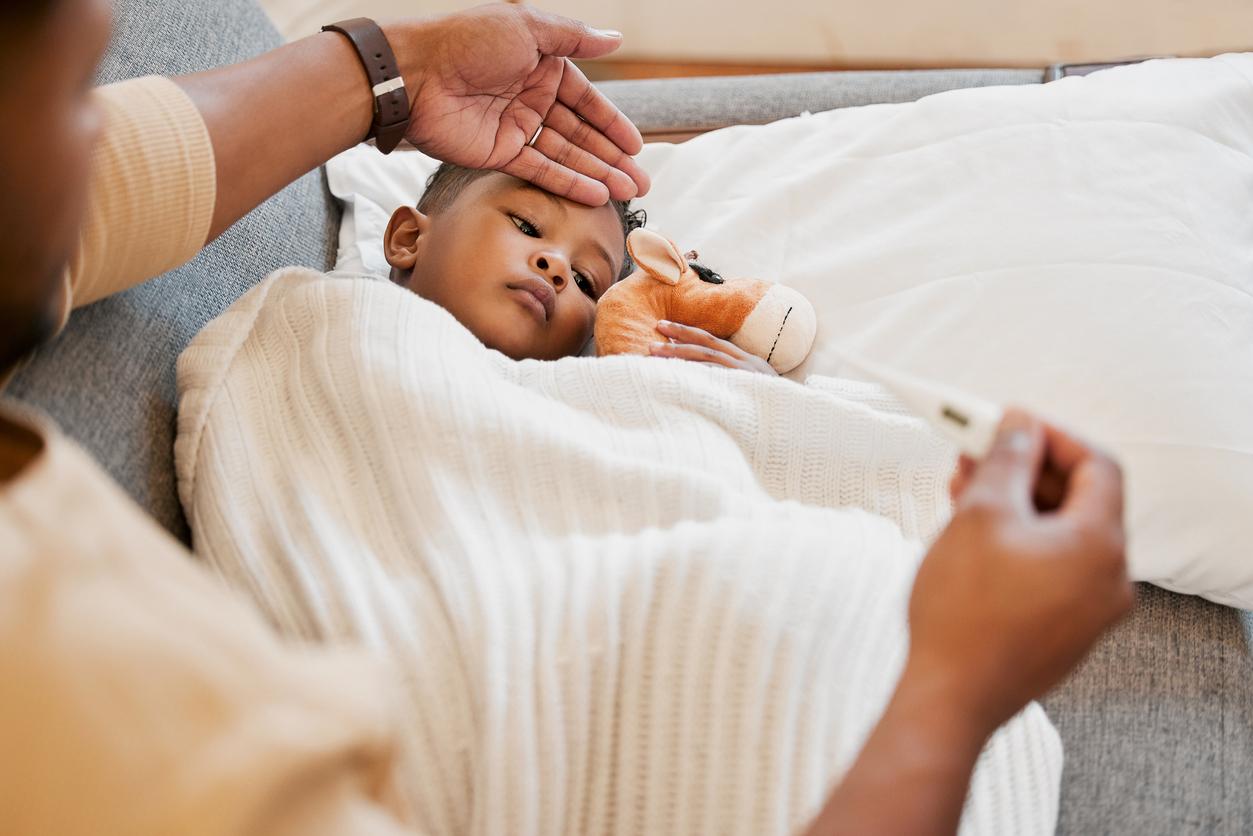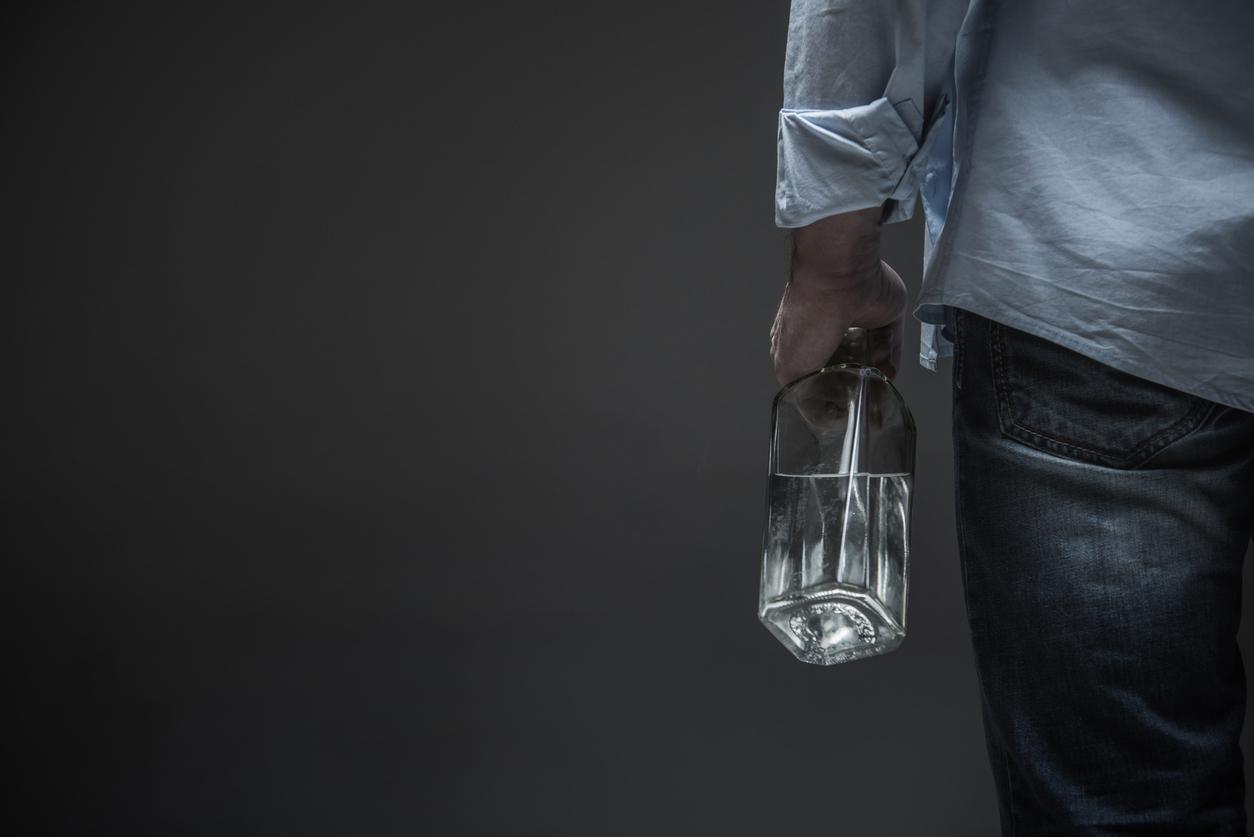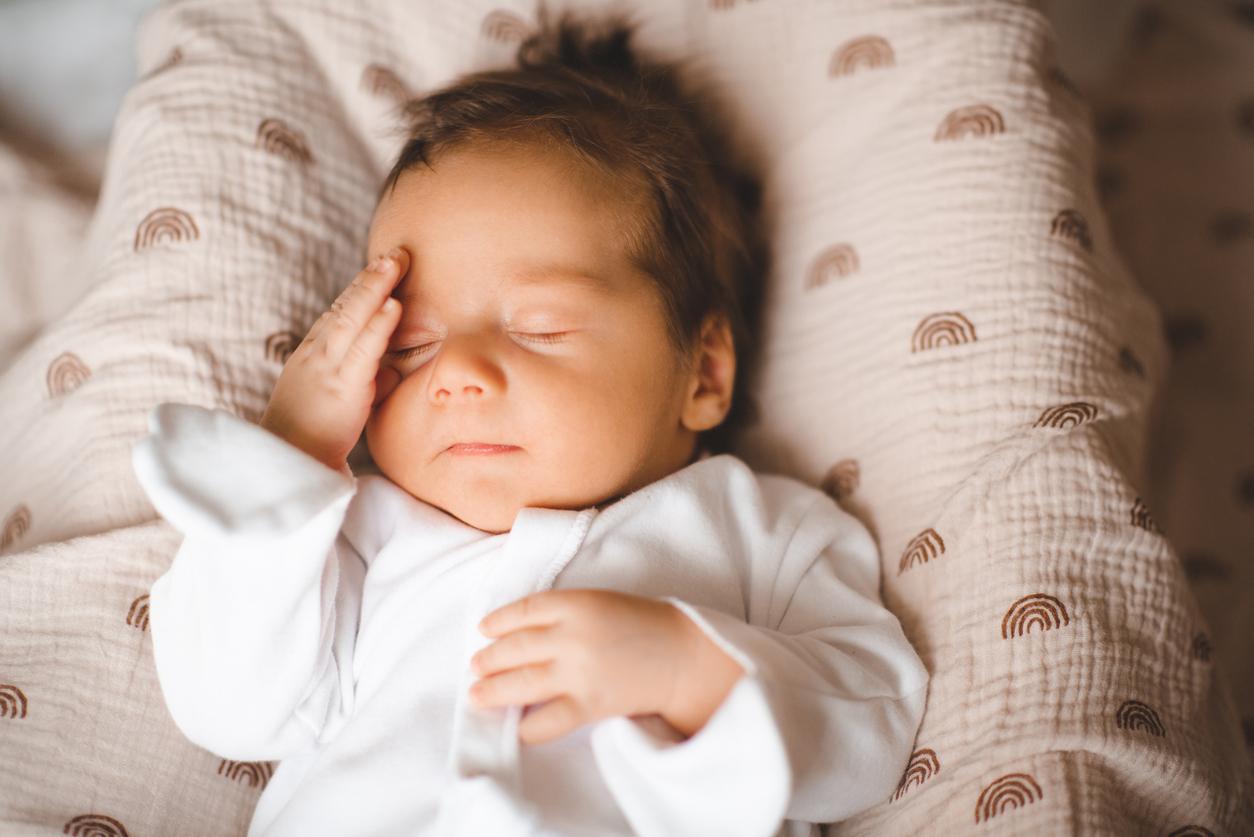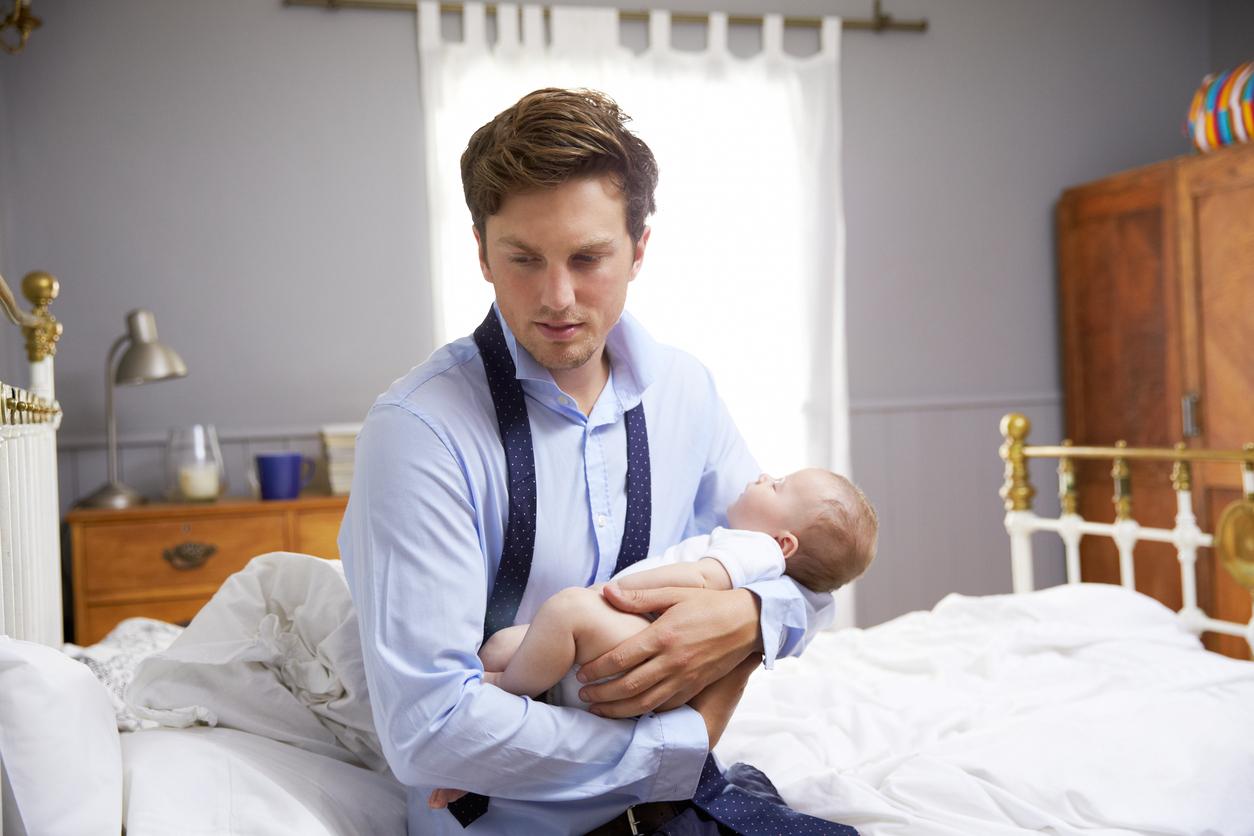At just 12 years old, Alyssia recently started suffering from migraines like her mother. These two voices tell us today about their daily lives struggling with this disabling disease.

- Recurrent migraines affect nearly a million young French people.
- As she prepares to enter fifth grade, Alyssia is unfortunately already part of this category of the population.
- Supported by her mother, the young girl recounts her first episodes and her daily life marked by the illness.
“I got the fright of my life”. Last March, Svetlana’s daughter explained that she did not feel well when she left the swimming pool where she trained daily. “Alyssia had ants in her right arm, which was like asleep,” says the mother. “At first I put it down to swimming. But when it was time to eat, my little one told me that the feeling in her arm was starting to spread to her leg on the same side, so I really started to worry. Then she started talking like she had a marshmallow in her mouth,” she continues.
“There, I thought that Alyssia was having a stroke and it just went round in my head. I took her little brother under my arm and rushed to the emergency room in Narbonne with the help of the paramedics,” Svetlana recalls. Once there, the 12-year-old girl was immediately taken care of by a doctor and had an MRI scan, which revealed nothing worrying. As a result, the diagnosis was made: she was not suffering from a stroke, but rather a violent migraine with aura. “In the emergency room, Alyssia was no longer coherent in her words. When the doctor asked her how her sensations had started, she answered him, for example, ‘hello'”, remembers his mother. “Then the first symptoms subsided, but she started having a very, very bad headache. So they put her on a drip to relieve it and the attack passed after she slept for a good four hours,” Svetlana is happy.
Migraines in children: “There is still no basic treatment”
Since that episode, Svetlana, who has also suffered from severe migraines for several years, took her daughter to her neurologist to have her tests reviewed. The doctor then prescribed the schoolgirl ibuprofen and efferalgan in case of attacks.
“I started getting migraines about four years ago. Back then I had them almost every day, but since I was put on Prozac I only get one or two a month. It saves me,” traces Svetlana. “On the other hand, for children with migraines like Alyssia, there is unfortunately still no long-term treatment,” she laments.
In total, Alyssia has already had four episodes, including two less marked ones in primary school before her visit to the emergency room. “When it goes off, half of my body goes to sleep and I don’t feel it anymore. I also get black spots in my eyes and I end up having a really bad headache. On a scale of zero to ten, I would say the pain is an eight or nine,” describes the young girl. “In that case, I stop everything I’m doing and go take my medication with Mom. Then I lie down in my room, taking care to banish all sources of light and noise. I then fall asleep for a while and when I wake up, poof, it’s almost over! After all that, I forget a little about what happened and I continue with my life,” she relates.
“At school, I think about it all the time.”
On both the mother’s and daughter’s side, however, the appearance of Alyssia’s migraines raises a lot of concern. “Since I don’t have many attacks, migraines don’t stop me from living my daily life. But it’s true that at school, I think about it all the time, because I’m afraid of having to go home because of an episode and then having to catch up on lessons.”confides Alyssia. “I’m also worried that I won’t be able to see my friends when I want to and that I’ll miss out on things. Plus, when my mom isn’t there with me, I don’t really know what to do if the crisis starts,” she testifies.
“I worry a lot about my daughter”Svetlana also explains.Personally, I was lucky that it showed up when I was an adult, but she is still only in middle school. I tell myself that if it develops like mine without long-term treatment, it could be very complicated for her, even if Alyssia loves school,” she is sorry. “I read a lot about the disease through the patients’ association that I am part of, and I see a lot of young people who are forced to stop school because they have so many migraines. Will we be able to find a solution for Alyssia in this case? Will she be able to cope?…”, Svetlana regularly goes over it. “I also have a lot of questions about his driving license, because if a crisis occurs during lessons, I have no idea how to anticipate this problem.”she warns.
“The school nurse refuses to let Alyssia have her medication on her”
Added to the worries are the hassles of everyday life, even though Svetlana knows that there is no better way to manage her daughter’s tantrums. “After Alyssia went to the emergency room, her teachers and principal were very kind to her. However, the school nurse refuses to let Alyssia have her medication on her and keeps it in her office, contrary to the neurologist’s recommendations. However, this is potentially harmful, because when a migraine occurs, it must be treated as quickly as possible to limit its effects,” said Svetlana.
“When the black spots appear in my games, I can’t see anything anymore. So I risk falling on the way to the infirmary, especially if one of my legs is numb,” adds Alyssia.
“It’s often complicated with those around you.”
“It’s also often complicated with those around us. I’m lucky to have an understanding husband, but our families tend to minimize the problem because they think it’s just a headache that will go away with Doliprane, when in fact it’s much more disabling than that! A migraine manifests itself before and after the headache, which can impact us for several days in a row. And when it starts, we can’t do anything,” “We are all very happy with this,” says Svetlana, who is campaigning for her headaches to be better recognised as a disease in its own right and for more research to be done into the condition. “There is also often a form of blaming the patient, as with obesity. For example, when a journalist from Le Parisien posted an interview with my daughter on Facebook, many people commented that her migraines came from the fact that she looked at too many screens, which is totally false,” she laments, telling me that she has often felt very alone when faced with the illness. “Many also wrongly believe that children with migraines invent their pain to stay home or avoid getting checked out,” she criticizes.
According to her neurologist, Alyssia’s disease can progress in either direction once it is resolved. The migraines can then either disappear or become chronic. In the meantime, her entire family will soon see a genetics specialist in Montpellier to do tests.
“I did some research and apparently we suffer from familial hemiplegic migraines,” says Svetlana. “The appointment will serve to confirm the hypothesis that Alyssia and I are carriers of the gene that transmits migraine from generation to generation. Alyssia will then be able to decide later if she wants to have children under these conditions and if so, this will allow us all to prepare together for what could happen to our grandchildren,” she continues.
“Identifying our triggers is very complicated”
Recurrent migraines affect nearly a million young French people: it is therefore not a rare pediatric disease. “Worldwide, the average prevalence of this condition in children and adolescents is 9% in girls and 7% in boys,” complete The Voice of Migraine Suffererswhich recently launched an awareness campaign on this subject.
In children, migraine triggers different symptoms than in adults: pallor, abdominal pain, often severe headache, phonophobia and/or photophobia. In 30% of cases, it may be accompanied by an aura. The attack generally lasts less time in young people (2 hours vs. 4 hours) and the headache is often bilateral, that is, it affects both temples or both sides of the forehead.
“I tried to identify our triggers with the neurologist in order to prevent the attacks, but it is very complicated. For me as for Alyssia, only fatigue appears as such with a little more clarity”, Svetlana analyzes. “Perhaps also that my daughter’s migraines appeared following the death of her grandmother, because they were very close and the two events are close in time,” she concludes.








